The Library and Archives Canada (LAC) holdings include one-of-a-kind historical artifacts that relate directly to specific portraits in the collection.
In some cases, items that were separated over the years were reunited at LAC. In others, LAC was fortunate to take over the custodianship of a carefully preserved ‘set.’ In all cases, these somewhat unexpected holdings provide invaluable context for better understanding the portraits they are associated with.
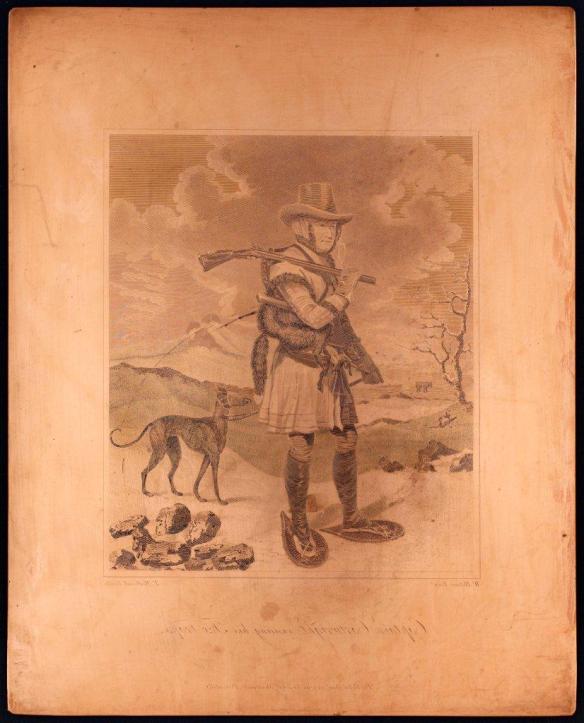
Captain Cartwright visiting his fox traps (MIKAN 3986048)
This copper plate, for example, was created as a means of ‘publishing’ the evocative oil portrait of Captain George Cartwright (1739–1819), a retired army officer who set up trade as a trapper and fur trader in Labrador.
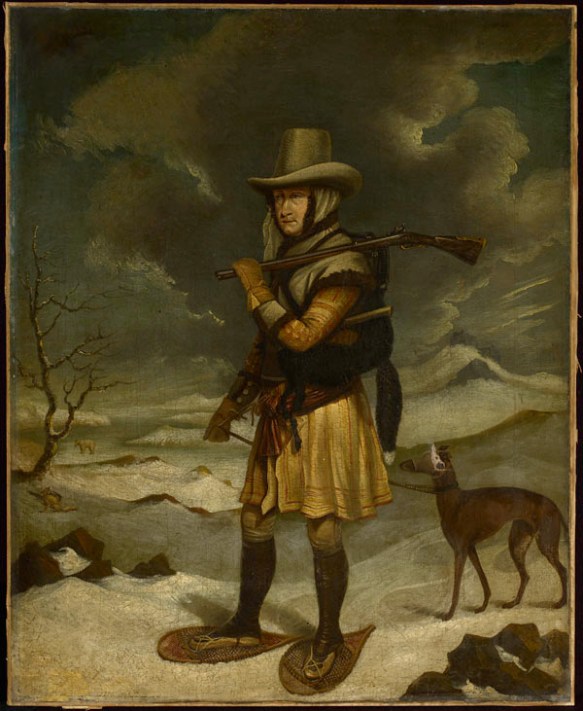
Captain Cartwright visiting his fox traps (MIKAN 3964571)
It illustrates one process that was used, before the development of photography, to “translate” paintings into a printable format, so that they could appear in books. The painted portrait was created specifically to provide a frontispiece image for Cartwright’s important Memoir, A journal of transactions and events, during a residence of nearly sixteen years on the coast of Labrador… (1792).
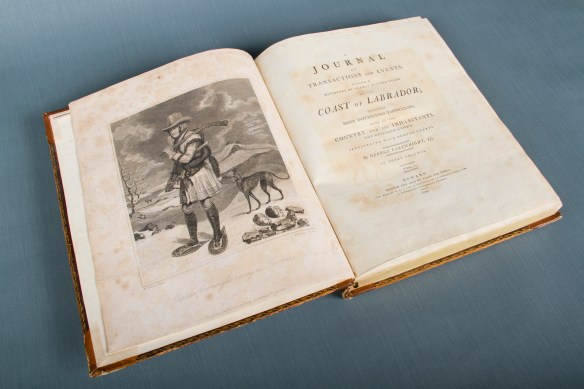
Frontispiece from Captain George Cartwright’s Memoir (AMICUS 4728079)
Special Notes on the Frontispiece, compiled by Cartwright, underline the significance he attached to every one of the painting’s details. Like the Memoir, the painting reads like a primer for would-be adventurers—including innovative, Aboriginal-inspired solutions for survival, such as wearing snowshoes when checking traplines in winter.
Copper is a soft metal that allowed engravers to faithfully reproduce these details, as well as something of the feel of the original oil painting. Here, for example, the soft-edged atmospheric landscape of winter was created by protecting some areas of the plate with wax, while allowing acid to wash over other exposed areas.
It’s rare for any institution to hold a painting, its copper plate and a first-edition copy of the resulting book, but LAC’s collection includes all of these items.
Another example: LAC’s collection includes this pendant and earrings.
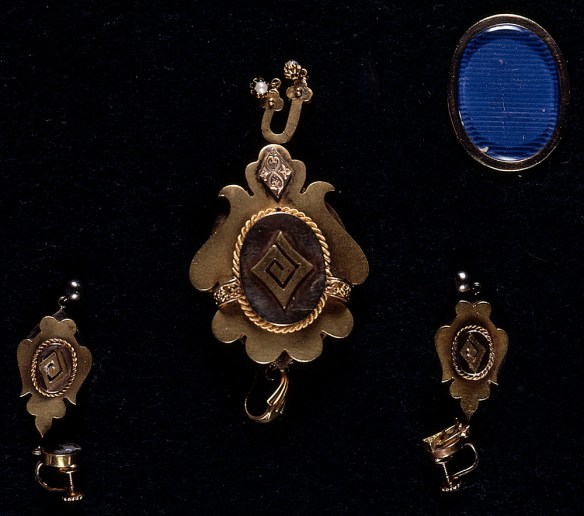
Marie-Louise Aurélie Girard’s earrings and pendant (MIKAN 3994256)
This was the actual jewellery that Marie-Louise Aurélie Girard (ca. 1868–?) wore when she sat to have her portrait painted by the distinguished Montreal artist, Alfred Boisseau (1823–1901):
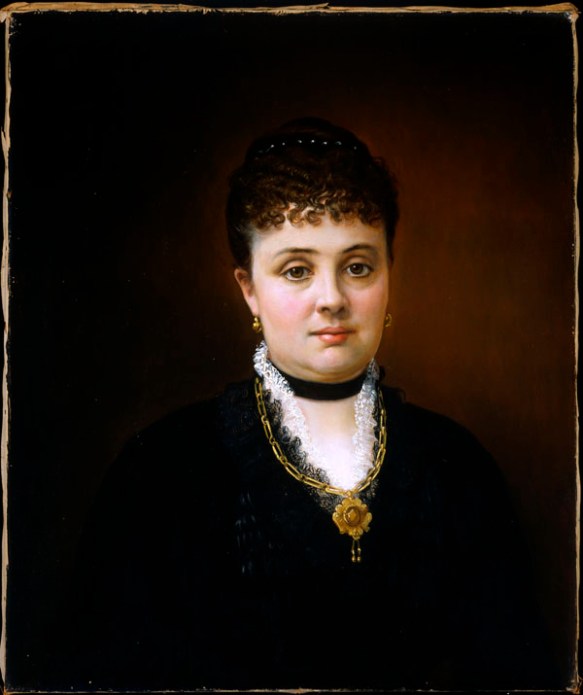
Marie-Louise Aurélie Girard (MIKAN 3993116)
These precious items remind us of the human process behind historical portrait painting. Prominent and wealthy sitters would often deliberate over which items to wear or include in a portrait, not only for sentimental reasons, but also to convey social status. In this case, the sitter was the wife of a former Premier of Manitoba.
